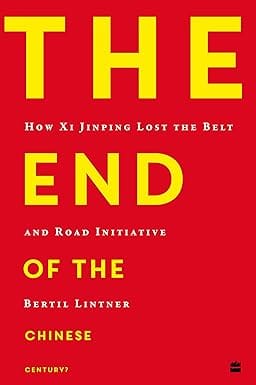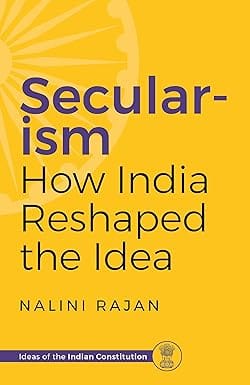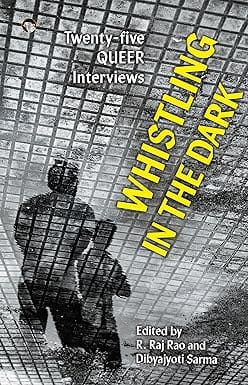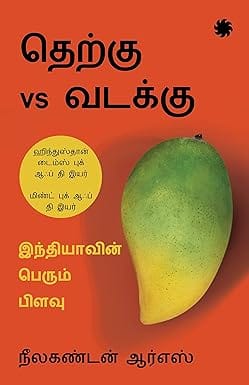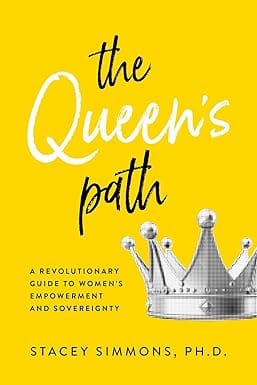WELCOME TO MIDLAND BOOK SHOP!
SHOP FOR
- Contemporary Fiction
- Contemporary Fiction
- Children
- Children
- Comics & Graphic Novels
- Comics & Graphic Novels
- Non-Fiction
- Non-Fiction
- Fiction
- Fiction
Shop No.20, Aurobindo Palace Market, Hauz Khas, Near Church +91 9818282497 | 011 26867121 110016 New Delhi IN
Midland The Book Shop ™
Shop No.20, Aurobindo Palace Market, Hauz Khas, Near Church +91 9818282497 | 011 26867121 New Delhi, IN
+919871604786 https://www.midlandbookshop.com/s/607fe93d7eafcac1f2c73ea4/677cda367903fd013d69b606/without-tag-line-480x480.png" [email protected]9789362135599 682dc09277bf8d08672537c9 The End Of The Chinese Century? How Xi Jinping Lost The Belt And Road Initiative https://www.midlandbookshop.com/s/607fe93d7eafcac1f2c73ea4/682dc09377bf8d08672537d1/61panx4wqwl-_sy385_.jpg 9789362135599
The Belt and Road Initiative, when first unveiled by Xi Jinping in 2013, was envisioned as even bigger and grander than America''s Marshall Plan. Famously referred to as the ''New Silk Route'', it proposed an overland ''Silk Road Economic Belt'' connecting China with Europe through Central Asia and the ''Maritime Silk Road'' that the Chinese claim existed in ancient times across the Indian Ocean. The BRI would not only restore China''s glory as a global trading nation, but also establish its status as the world leader, overtaking the United States.
About the Author
Bertil Lintner is a Swedish journalist, author and strategic consultant who has been writing about Asia for nearly four decades. He was formerly the Myanmar correspondent of the Far Eastern Economic Review and Asia correspondent for the Swedish daily, Svenska Dagbladet, and Denmark's Politiken. He currently works as a correspondent for Asia Times. He has written extensively about Myanmar, India, China and North Korea in various local, national and international publications of over thirty countries. He mainly writes about organized crime, ethnic and political insurgencies and regional security. He has published several books, including China's India War and Great Game East. In 2004, Lintner received an award for excellence in reporting about North Korea from the Society of Publishers in Asia and, in 2014, another award from the same society for writing about religious conflicts in Myanmar.
in stockINR 399
1 1
Email ID already exists!
Your Current password is incorrect
Password Updated Successfully
Thanks for your Feedback
- Home
- Non-Fiction
- The End Of The Chinese Century? How Xi Jinping Lost The Belt And Road Initiative
The End Of The Chinese Century? How Xi Jinping Lost The Belt And Road Initiative
ISBN: 9789362135599
₹399
₹499 (20% OFF)SIZE GUIDE
Sold By: Hauz Khas - Aurobindo Market
Details
- ISBN: 9789362135599
- Author: Bertil Lintner
- Publisher: Harper Collins
- Pages: 236
- Format: Paperback
Book Description
The Belt and Road Initiative, when first unveiled by Xi Jinping in 2013, was envisioned as even bigger and grander than America''s Marshall Plan. Famously referred to as the ''New Silk Route'', it proposed an overland ''Silk Road Economic Belt'' connecting China with Europe through Central Asia and the ''Maritime Silk Road'' that the Chinese claim existed in ancient times across the Indian Ocean. The BRI would not only restore China''s glory as a global trading nation, but also establish its status as the world leader, overtaking the United States.
About the Author
Bertil Lintner is a Swedish journalist, author and strategic consultant who has been writing about Asia for nearly four decades. He was formerly the Myanmar correspondent of the Far Eastern Economic Review and Asia correspondent for the Swedish daily, Svenska Dagbladet, and Denmark's Politiken. He currently works as a correspondent for Asia Times. He has written extensively about Myanmar, India, China and North Korea in various local, national and international publications of over thirty countries. He mainly writes about organized crime, ethnic and political insurgencies and regional security. He has published several books, including China's India War and Great Game East. In 2004, Lintner received an award for excellence in reporting about North Korea from the Society of Publishers in Asia and, in 2014, another award from the same society for writing about religious conflicts in Myanmar.
User reviews
NEWSLETTER
Subscribe to get Email Updates!
Thanks for subscribing.
Your response has been recorded.

India's Iconic & Independent Book Store offering a vast selection of books across a variety of genres Since 1978.
"We Believe In The Power of Books" Our mission is to make books accessible to everyone, and to cultivate a culture of reading and learning. We strive to provide a wide range of books, from classic literature, sci-fi and fantasy, to graphic novels, biographies and self-help books, so that everyone can find something to read.
Whether you’re looking for your next great read, a gift for someone special, or just browsing, Midland is here to make your book-buying experience easy and enjoyable.
We are shipping pan India and across the world.
For Bulk Order / Corporate Gifting
 +91 9818282497 |
+91 9818282497 |  [email protected]
[email protected]
Click To Know More
INFORMATION
QUICK LINKS
ADDRESS
Midland Book Shop - Hauz Khas
Shop No.20, Aurobindo Palace Market, Near Church, New Delhi
Shop No.20, Aurobindo Palace Market, Near Church, New Delhi

